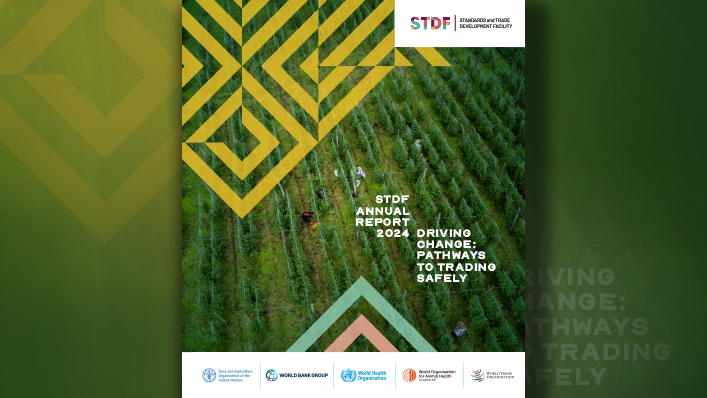
RBI Governor Sanjay Malhotra
The Reserve Bank of India (RBI) will provide sufficient liquidity to ensure that monetary policy transmission to lending and deposit rates happens quickly, according to Governor Sanjay Malhotra.
The Reserve Bank is committed to provide sufficient system liquidity. We will continue to monitor the evolving liquidity and financial market conditions and proactively take appropriate measures to ensure adequate liquidity.
When asked whether RBI will be comfortable maintaining systemic liquidity surplus at about 1 per cent of the banking system’s deposits, Malhotra said: ”Yes… about 1 per cent or so, in the surplus range. That is the kind of number that we will be looking at and we will keep it sufficiently in surplus, now that we are in the easing cycle.”
The Governor emphasised that the aim is to ensure that the change in the policy rate is transmitted to the overnight rate. Hopefully, it will then be transmitted to the short-term, medium-term and the long-term interest rates, he added.
Siddhartha Sanyal, Chief Economist and Head of Research, Bandhan Bank, observed that theGovernor’s explicit emphasis on keeping liquidity at “sufficient” surplus at around 1 per cent of the banking system’s deposits clearly underscores the central bank’s commitment for proactive liquidity management.
Nuvama Wealth, in a report, noted that no fresh liquidity measures were announced, as the RBI has already been infusing liquidity through OMOs (open market operation) purchase of Government Securities/forex swaps/CRR (cash reserve ratio) cut.
Recently, the RBI announced ₹80,000 crore in OMO injections, of which ₹40,000 crore has already been executed. Besides, the pickup in the government spending has also worked to improve liquidity conditions, Nuvama said. As a result, systemic liquidity has moved from deficit to a surplus (currently exceeding ₹1 lakh crore).
RBI said system liquidity was in deficit in January 2025 with net injection under the liquidity adjustment facility (LAF) scaling a peak of ₹3.1 lakh crore on January 23, 2025.
However, as a result of a slew of measures injecting liquidity of about ₹6.9 lakh crore, the system liquidity deficit tapered during February-March 2025 and further turned into surplus on March 29, 2025.
Coupled with government spending picking up pace during the latter half of March, system liquidity further improved and it stood at a surplus of ₹1.5 lakh crore as on April 7, 2025.
Published on April 9, 2025









